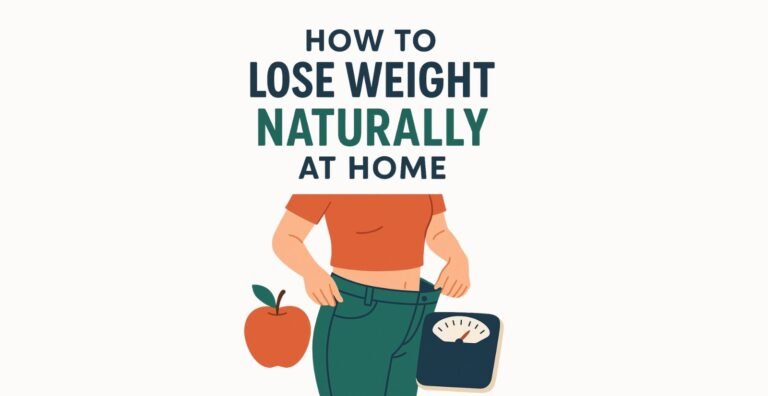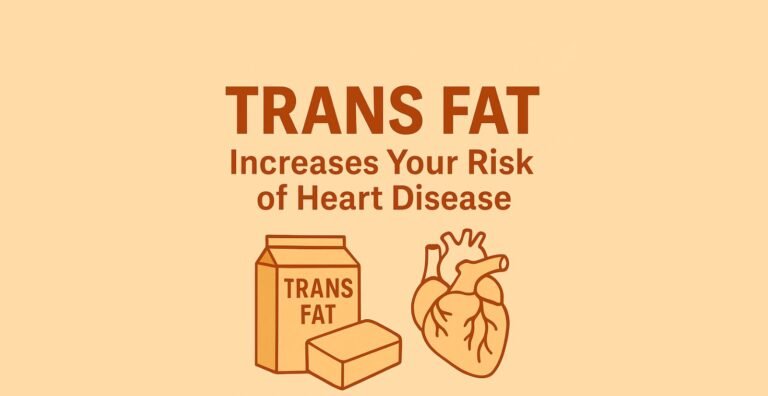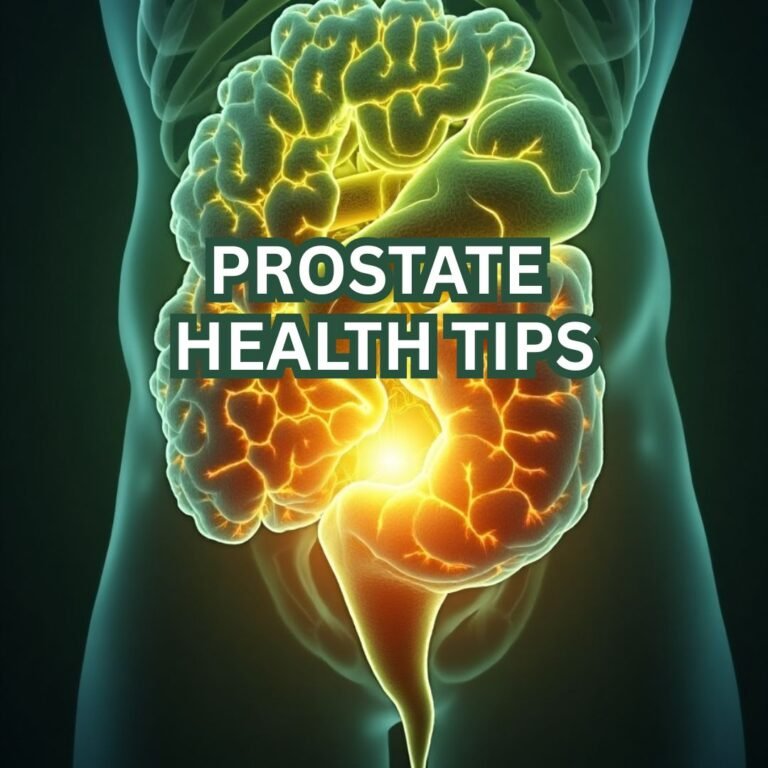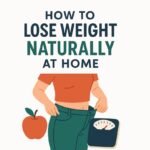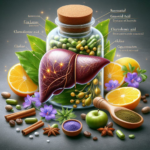Top Health & Wellness Product Reviews with Exclusive Sale Prices!
When Supplements Turn Toxic: Vitamins You Should Limit
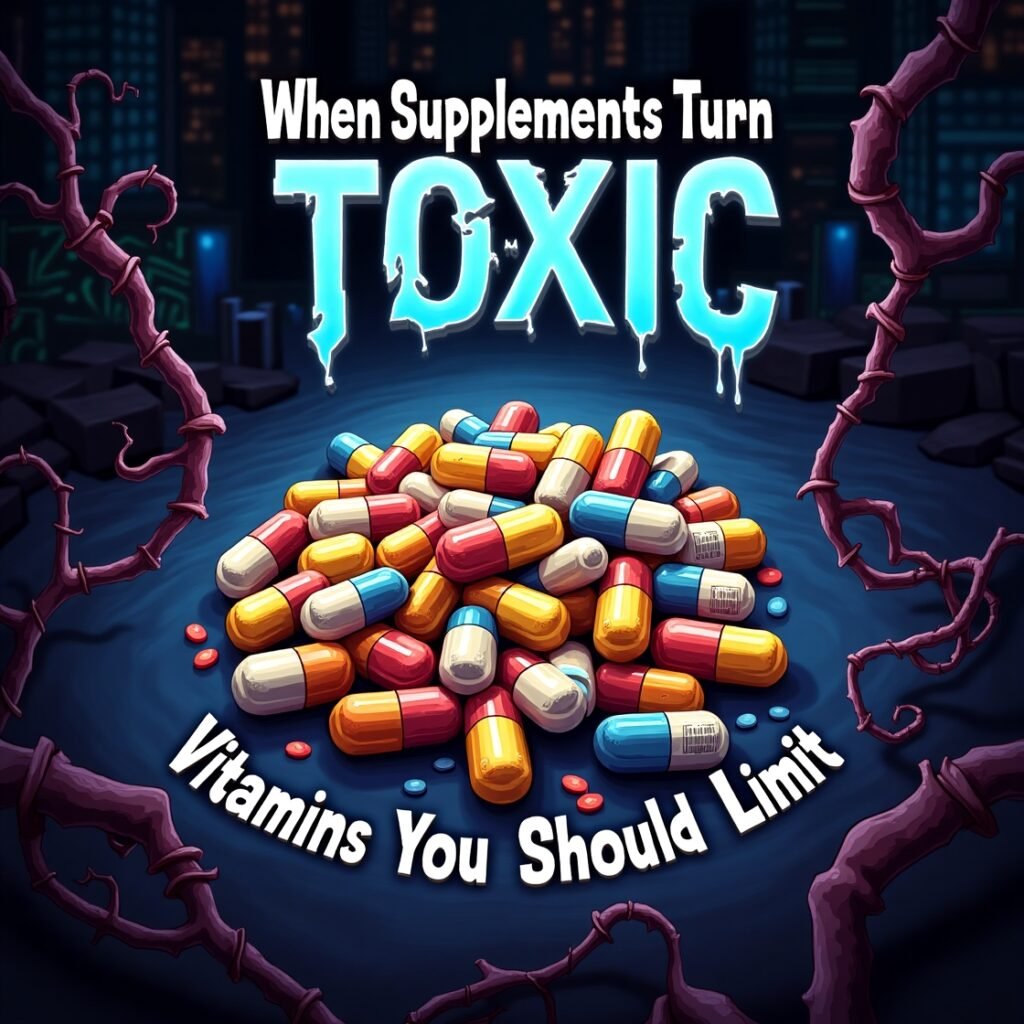
Introduction
In our health-conscious world, supplements are commonly used to fill nutritional gaps. However, not all vitamins are harmless — some can become toxic when taken in high doses or for prolonged periods. This comprehensive guide explores which vitamins you should limit, why they can be dangerous, and how to use them safely.
Why Megadoses Can Be Harmful
Vitamins are essential, but balance is key. Here’s why overdosing can lead to serious issues:
- Fat-soluble vitamins (A, D, E, K) accumulate in the body and may cause toxicity.
- Water-soluble vitamins (C, B‑complex) are excreted, but high doses can still cause side effects.
- Combining multiple supplements can lead to unintended overdoses.
Key Vitamins to Limit and Why
Vitamin A (Retinol & Retinyl Palmitate)
- Too much vitamin A leads to symptoms like headaches, joint pain, and liver damage.
- Chronic toxicity can result in bone thinning and birth defects if taken during pregnancy.
- Tolerable Upper Intake Level: 3,000 µg/day; many multivitamins already reach 900–1,000 µg.
Vitamin D
- Essential for bone and immune health, yet excess can cause hypercalcemia (high calcium), which damages kidneys and heart.
- Watch for values above 4,000 IU/day without doctor supervision.
- Regular testing and medical guidance are advised.
Vitamin E
- Known for antioxidant benefits but can increase bleeding risk, especially for those on blood thinners.
- Avoid doses above 1,000 IU/day unless directed by a medical professional.
Vitamin K
- Interferes with blood-thinning medications like warfarin.
- High supplemental doses may destabilize patients’ target INR levels.
- Meeting needs through food (leafy greens) is a safer option.
Vitamin B6 (Pyridoxine)
- High doses (over 100 mg/day) can cause nerve damage, numbness, and balance issues.
- Limit supplemental use to less than 50 mg/day unless prescribed.
Vitamin C
- Generally safe, but megadoses (>2 g/day) may cause digestive cramps and kidney stones.
- Best obtained through colorful fruits and vegetables.
How to Use Supplements Safely
- ➤ Consult a doctor before starting any high-dose supplement.
- ➤ Get lab testing (e.g., vitamin D, B12, vitamin A) to determine actual needs.
- ➤ Read nutrition labels and avoid duplications — e.g., multivitamin + standalone vitamin D.
- ➤ Rotate supplements seasonally or as needed instead of year-round megadoses.
- ➤ Prioritize whole foods for vitamins; only supplement when needed.
Sample Daily Safe Supplement Plan
| Vitamin | Food Sources | Maximum Supplement Dose |
|---|---|---|
| Vitamin A | Sweet potatoes, liver, carrots | <3,000 µg/day |
| Vitamin D | Salmon, sunlight | 1,000–2,000 IU/day |
| Vitamin E | Nuts, seeds, spinach | <1,000 IU/day |
| Vitamin B6 | Bananas, chicken, potatoes | <50 mg/day |
| Vitamin C | Citrus, bell peppers, kiwi | <2,000 mg/day |
Adjust based on age, health, and physician guidance
Signs of Vitamin Toxicity to Watch For
- Vitamin A toxicity: itching, bone pain, vision problems
- Too much Vitamin D: excessive thirst, urination, muscle weakness
- High Vitamin E intake: bleeding gums, fatigue, blurred vision
- Excess Vitamin B6: tingling in hands or feet, clumsiness
- Vitamin C overload: stomach cramps, diarrhea, kidney discomfort
Seek medical advice if these signs appear.
Conclusion
“More” isn’t always better when it comes to vitamins. While they play crucial roles in health, excessive doses can lead to serious complications. The best approach is a balanced diet, physician consultation, and mindful supplementation.
⚠️ Always talk to your healthcare provider before starting high-dose vitamins, and monitor your nutrient levels through testing.

